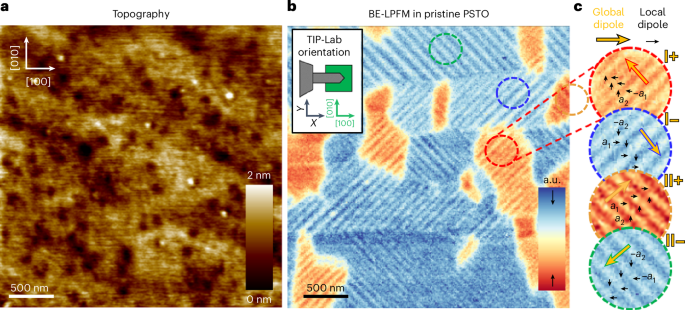2024-10-07 ロスアラモス国立研究所(LANL)
<関連情報>
- https://discover.lanl.gov/news/1007-near-earth-asteroid/
- https://www.nature.com/articles/s42005-024-01779-3
- https://iopscience.iop.org/article/10.1088/1475-7516/2023/04/031
OSIRIS-RExのターゲット小惑星ベンヌから、第5の力と超軽量暗黒物質に関する制約が得られる Constraints on fifth forces and ultralight dark matter from OSIRIS-REx target asteroid Bennu
Yu-Dai Tsai,Davide Farnocchia,Marco Micheli,Sunny Vagnozzi & Luca Visinelli
Communications Physics Published:20 September 2024
DOI:https://doi.org/10.1038/s42005-024-01779-3

Abstract
It is important to test the possible existence of fifth forces, as ultralight bosons that would mediate these are predicted to exist in several well-motivated extensions of the Standard Model. Recent work indicated asteroids as promising probes, but applications to real data are lacking so far. Here we use the OSIRIS-REx mission and ground-based tracking data for the asteroid Bennu to derive constraints on fifth forces. Our limits are strongest for mediator masses m ~ (10−18-10−17) eV, where we currently achieve the tightest bounds. These can be translated to a wide class of models leading to Yukawa-type fifth forces, and we demonstrate how they apply to U(1)B dark photons and baryon-coupled scalars. Our results demonstrate the potential of asteroid tracking in probing well-motivated extensions of the Standard Model and ultralight bosons near the fuzzy dark matter range.
小惑星データによる第5の力と超軽量暗黒物質への新たな制約 Novel constraints on fifth forces and ultralight dark sector with asteroidal data
Yu-Dai Tsai, Youjia Wu, Sunny Vagnozzi and Luca Visinelli
Journal of Cosmology and Astroparticle Physics Published: 12 April 2023
DOI:10.1088/1475-7516/2023/04/031
Abstract
We study for the first time the possibility of probing long-range fifth forces utilizing asteroid astrometric data, via the fifth force-induced orbital precession. We examine nine Near-Earth Object (NEO) asteroids whose orbital trajectories are accurately determined via optical and radar astrometry. Focusing on a Yukawa-type potential mediated by a new gauge field (dark photon) or a baryon-coupled scalar, we estimate the sensitivity reach for the fifth force coupling strength and mediator mass in the mass range m ≃ (10-21-10-15) eV, near the “fuzzy” dark matter region. Our estimated sensitivity is comparable to leading limits from equivalence principle tests, potentially exceeding these in a specific mass range. The fifth force-induced precession increases with the orbital semi-major axis in the small m limit, motivating the study of objects further away from the Sun. We also demonstrate that precession tests are particularly strong in probing long-range forces which approximately conserve the equivalence principle. We discuss future prospects for extending our study to more than a million asteroids, including NEOs, main-belt asteroids, Hildas, and Jupiter Trojans, as well as trans-Neptunian objects and exoplanets.



